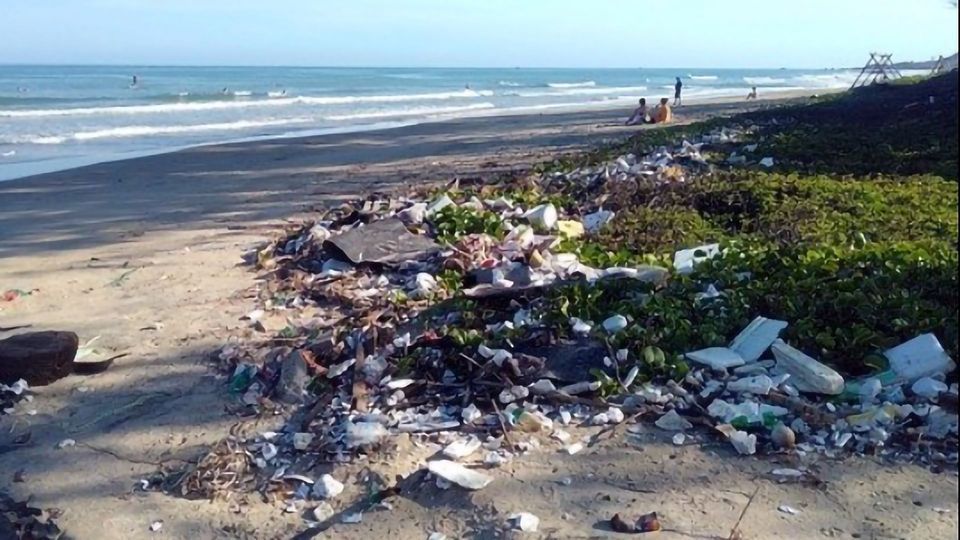1.3 Billion Tonnes of Plastic Will Be Dumped Between 2016 and 2040 Unless Action Is Taken

Complete the form below to unlock access to ALL audio articles.
More than 1.3 billion tonnes of plastic will be dumped on land and in the oceans over the period from 2016 to 2040 unless the world acts, say a team of global experts.
They modeled the stocks and flows of plastic waste around the world and identified waste systems unable to cope. Around 95 percent of aggregate plastic packaging is used just once before it becomes waste.
The researchers included Dr Costas Velis and his team in the School of Civil Engineering. They provided analysis of the role effective waste management plays in reducing pollution. That analysis showed that the biggest source of plastic pollution was uncollected solid municipal waste, a lot of it from households.
The study was part of the Breaking the Plastic Wave project, funded by the US philanthropic organization, The Pew Charitable Trusts. The project is trying to identify ways of eliminating or significantly reducing plastic pollution in the oceans.
The findings have been published in the journal Science.
Although the quantities of plastic pollution are enormous, the experts say action by governments and industry can bring about significant reductions in the amount of plastic pollution using existing technology and knowhow.
Reference
Lau et al. (2020). Evaluating scenarios toward zero plastic pollution. Science. DOI: https://doi.org/10.1126/science.aba9475
This article has been republished from the following materials. Note: material may have been edited for length and content. For further information, please contact the cited source.

